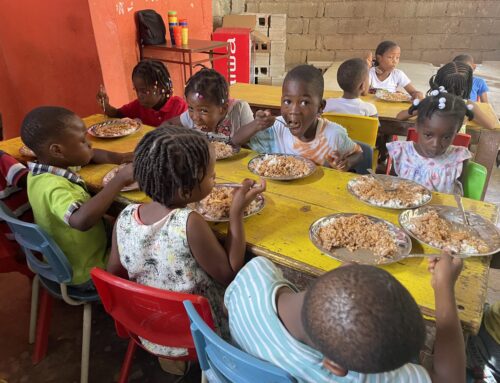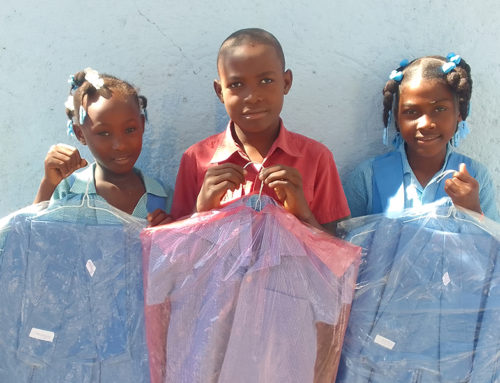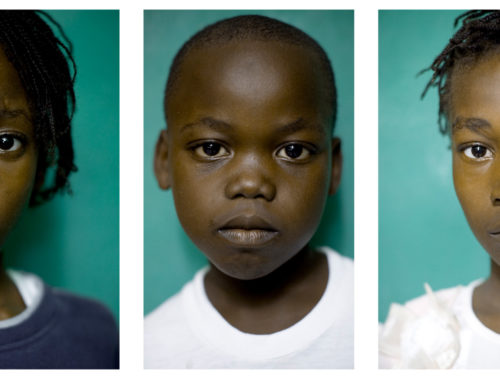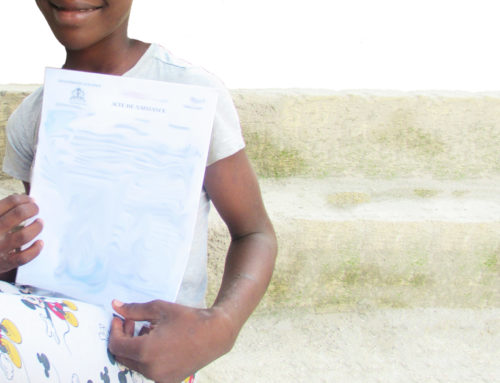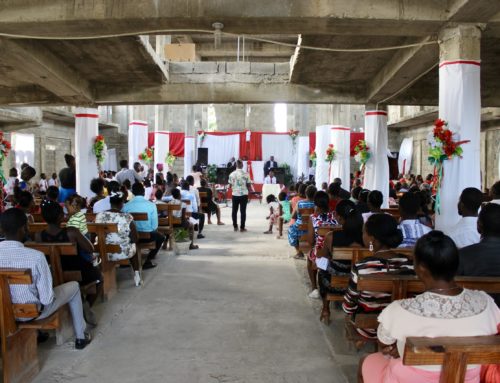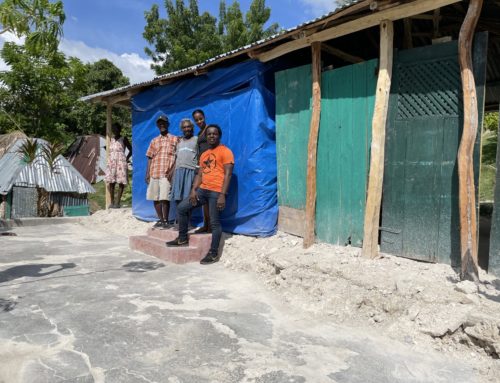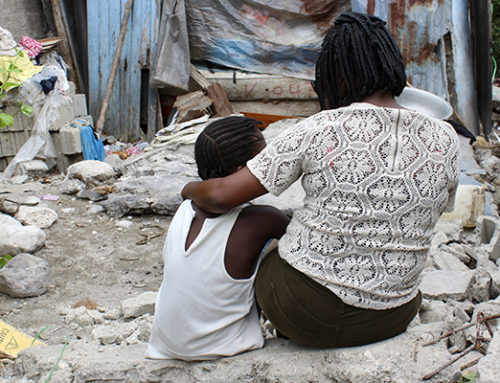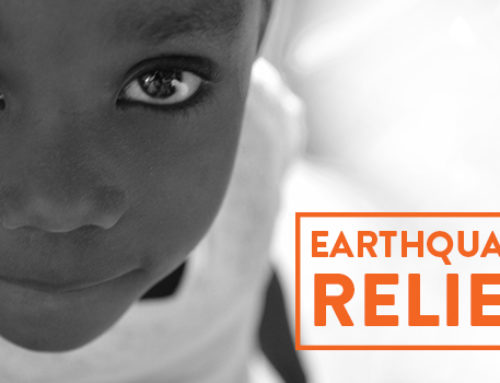The island of Haiti has seen its fair share of hardships throughout history, the repercussions of which can still be seen in some of the country’s current circumstances. Even while Haitians work hard to make a living and provide for their families, they’re often met with challenges and roadblocks to their success.
But Haitians are an overcoming people, and are continuing to pursue a better quality of life for themselves and those they love. Here are a few startling statistics about modern-day Haiti to help give you a better understanding of what this population is persevering through.
Economics:
- Two out of every three Haitians live on less than $2.00 (US) per day, and nearly 25% live in extreme poverty on less than $1.25 (US) per day.
- Ten percent (10%) of the richest Haitians possess 70% of the nation’s total income.
- Half (50%) of the Haitians living in urban areas are unemployed.
- Although agriculture is an important division of Haiti’s economy, the country fails to produce enough food for its people. Haiti imports more than 50% for its population’s needs, and imports 80% of its staple item: rice.
- Ninety percent (90%) of farmers depend on rain for their harvest, since only 10% of the nation’s crops are irrigated.
Education:
- Half (50%) of all Haitian children do not attend school.
- Approximately 30% of children attending primary school will not make it to third grade, and 60% will drop out prior to reaching sixth grade.
- An incredible 90% of primary schools are non-public, meaning they’re managed by communities, religious organizations or non-governmental organizations.
- Haiti’s literacy rate is around 64% for males and 57% for females. By comparison, the average literacy rate for other developing nations in Latin America and the Caribbean is 92%.
Health:
- Close to one third (30%) of Haiti’s population is considered food insecure, meaning they lack reliable access to a sufficient quantity of affordable, nutritious food.
- Infant mortality in Haiti was 55 per 1,000 births as of 2015. Additionally, an estimated 1 in 285 births results in the mother’s death, a ratio about 16 times higher than in the United States.
- One-third of women and children in Haiti are anemic.
- One-hundred thousand (100,000) children under five years of age suffer from acute malnutrition, while one in three children is stunted or irreversibly short for their age.
- Less than 50% of Haitian households have access to safe water, and only 25% percent benefit from adequate sanitation.
As you can see, life in Haiti is filled with its fair share of setbacks and obstacles — and yet, most Haitians remain resilient. They’re pressing forward with their work, taking care of their families, and holding on to hope for better days ahead.
There’s much we can learn from how Haitians have moved past the difficulties they’ve faced, especially how they’ve recovered from the serious natural disasters they have encountered in recent months and years. The people of Haiti have been, and will continue to be, an inspiration for many others around the world. Join us in making a difference today!



